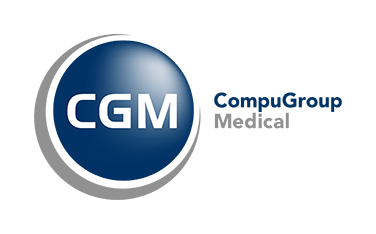Revenue cycle management (RCM) is one of the most important aspects of your practices’ ecosystem. A healthy revenue cycle brings in steady income, minimizes denials, and has mastered the collection of patient payments. The billing process is complex and time consuming and requires a commitment from your practice to manage it correctly and effectively. Once it is managed correctly and effectively, your billing and collection efforts at your practice will become easy and seamless. This consists of several important steps. Revenue cycle management starts with a claim, continues with a claim submission, claim management, accounts receivable management, patient collections, and finishes with data analysis to investigate and demonstrate the effectiveness of your processes.
Clean and accurate insurance claims process
To begin, your insurance claims process should be clean and accurate for your practice to see consistent reimbursements from your payors. The first step in achieving a clean claim submission is making sure the patient information is entered accurately and that the patient’s insurance eligibility is verified. Checking and double-checking data entry in the insurance claims process is important because a lack of information can delay payments. Using electronic eligibility tools makes this process simple, fast, and accurate. From there, you need to ensure that the encounter is coded correctly. By using a claim scrubber solution, you can improve claim accuracy, maximize reimbursement, and save staff time by preventing denials prior to filing your claims.
Managing your Accounts Receivable (AR)
The second step of the revenue cycle process is managing your Accounts Receivable (AR). Your AR represents how quickly your practice is paid for the services it provides. Look at your AR balances for all payers as well as your outstanding patient balances, and how these trend month-over-month. An upward trending patient AR balance could speak to the need to improve patient collections efforts (which we discuss more below). High insurance AR balances likely indicate denial and rejection issues.
Pay careful attention to your AR Aging. What percentage of your AR is less than 30 days old? Greater than 90? Older AR is harder to collect, and a rising trend in 90+ day old AR speaks to problems in your practice’s collections efforts.
Patient collections are key to effective revenue cycle management
Next, focus on patient collections. Your patients are more likely to pay their bills if they are educated about what they owe. This starts with patients knowing their initial copay or deductible amount and your payment procedures. The increase of high deductible health plans puts more financial burden on patients, and they might not understand the full extent of what they are responsible for. By confirming insurance and checking eligibility prior to the patient visit, you can prepare the patient for what they will owe. Setting expectations that payment is due at the time of service will also aid in collecting balances due.
Offer patients convenient ways to pay their bills. Whether it is an online payment portal or the capability to use a major credit card for their bills, choice and convenience can ensure their bills are paid on time. For larger balances, set up a payment plan for patients that ease the financial burden. You can set a payment plan for any amount and any time frame, then automatically collect payments with card on file services.
Data analysis and proper KPIs lead to excellence in revenue cycle management
The last step is data analysis. To understand how your revenue cycle process is working, you need to dive into and understand your data. The proper Key Performance Indicators (KPIs) can quickly demonstrate what is working and what needs to be changed to provide stronger financials for your practice. Common financial KPIs include days revenue outstanding, A/R over 90 days old, charge entry lag, as well as charge submission lag. By establishing targets or goals, you can ensure your financial performance stays on track. Learn more about the importance of KPIs in our blog here.
Admittedly, putting together a strong and effective revenue cycle management process is difficult for a practice to do solo. This is where having a strong revenue cycle partner can be advantageous. The right partner will have the technology, processes, and software that can be plugged into your EHR software. This will allow your practice to focus on patient care, building your business, and other important tasks.

